- About us
- Support the Gallery
- Venue hire
- Publications
- Research library
- Organisation chart
- Employment
- Contact us
- Make a booking
- Onsite programs
- Online programs
- School visit information
- Learning resources
- Little Darlings
- Professional learning
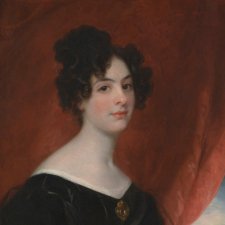
Joanna Gilmour explores the life of colonial women Lady Ellen Stirling, Eliza Darling, Lady Eliza Arthur, Elizabeth Macquarie and Lady Jane Franklin.
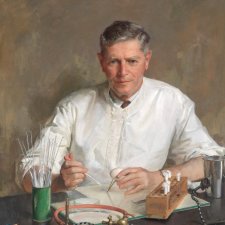
This edited version of a speech by Andrew Sayers examines some of the antecedents of the National Portrait Gallery and set out the ideas behind the modern Gallery and its collection.
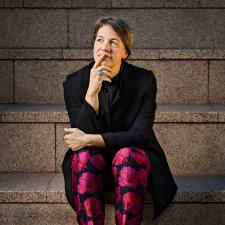
Commissioned with funds provided by the Sid and Fiona Myer Family Foundation 2018
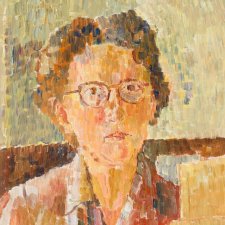
The National Portrait Gallery acquired the self-portrait by Grace Cossington Smith in 2003.
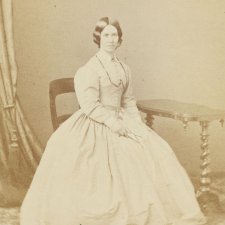
Anna Frances Walker (1830–1913), botanical artist and collector, was one of the thirteen children of Thomas Walker, a high-ranking colonial public servant, and his wife Anna Elizabeth, the daughter of merchant and landowner John Blaxland.
1 portrait in the collection
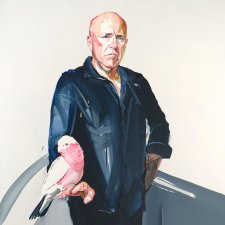
Richard Flanagan (b. 1961) was born in Longford in northern Tasmania, the second youngest of the six children of Archie Flanagan, a primary school principal, and his wife Helen.
1 portrait in the collection
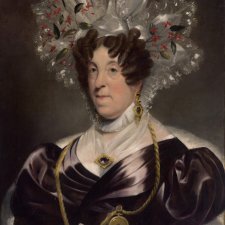
Joanna Gilmour describes how colonial portraitists found the perfect market among social status seeking Sydneysiders.
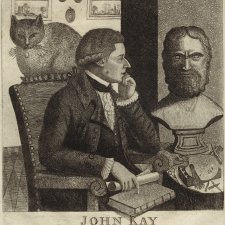
Joanna Gilmour presents John Kay’s portraits of a more infamous side of Edinburgh.

Celebrating a new painted portrait of Joseph Banks, Sarah Engledow spins a yarn of the naturalist, the first kangaroo in France and Don, a Spanish ram.
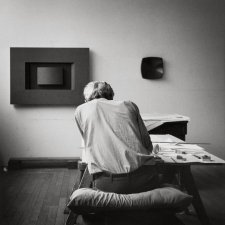
An extract from the 2004 Nuala O'Flaaherty Memorial Lecture at the Queen Victoria Musuem and Art Gallery in Launceston in which Andrew Sayers reflects on the unique qualities of a portrait gallery.
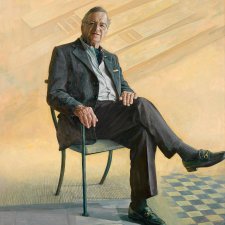
A new painting by Jiawei Shen captures the vision and resolve of the Gallery's founder, L. Gordon Darling AC CMG.
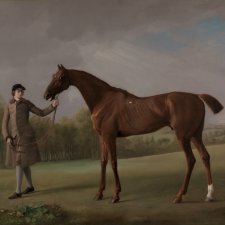
One of the chief aims of George Stubbs, 1724–1806, the late Judy Egerton’s great 1984–85 exhibition at the Tate Gallery was to provide an eloquent rebuttal to Josiah Wedgwood’s famous remark of 1780: “Noboby suspects Mr Stubs [sic] of painting anything but horses & lions, or dogs & tigers.”
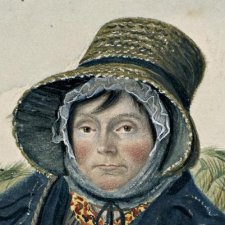
Dempsey’s People curator David Hansen chronicles a research tale replete with serendipity, adventure and Tasmanian tigers.
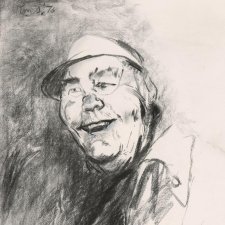
Michael Desmond explores what makes a portrait subject significant.
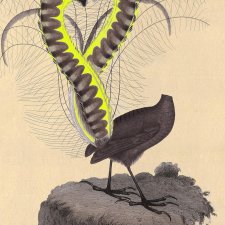
Emma Kindred looks at the career of Joan Ross, whose work subverts colonial imagery and its legacy with the clash of fluorescent yellow.
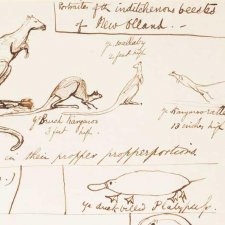
A remarkable undated drawing by Edward Lear (1812–88) blends natural history and whimsy.